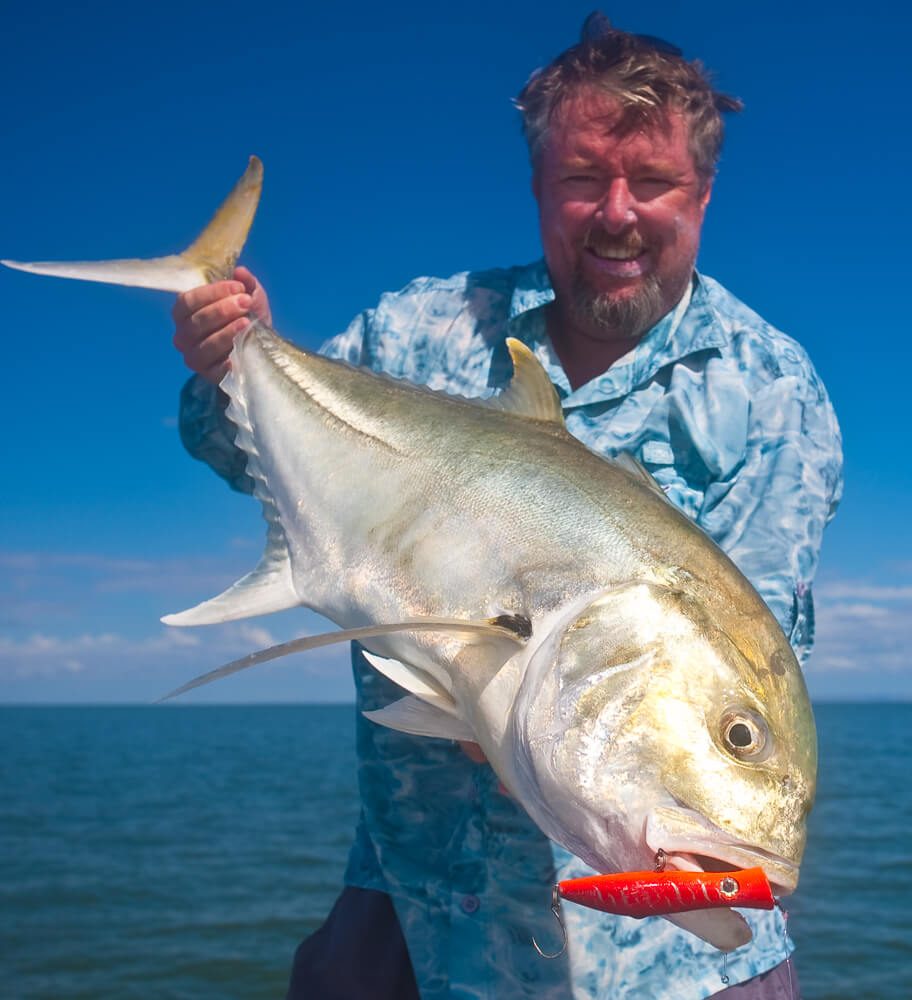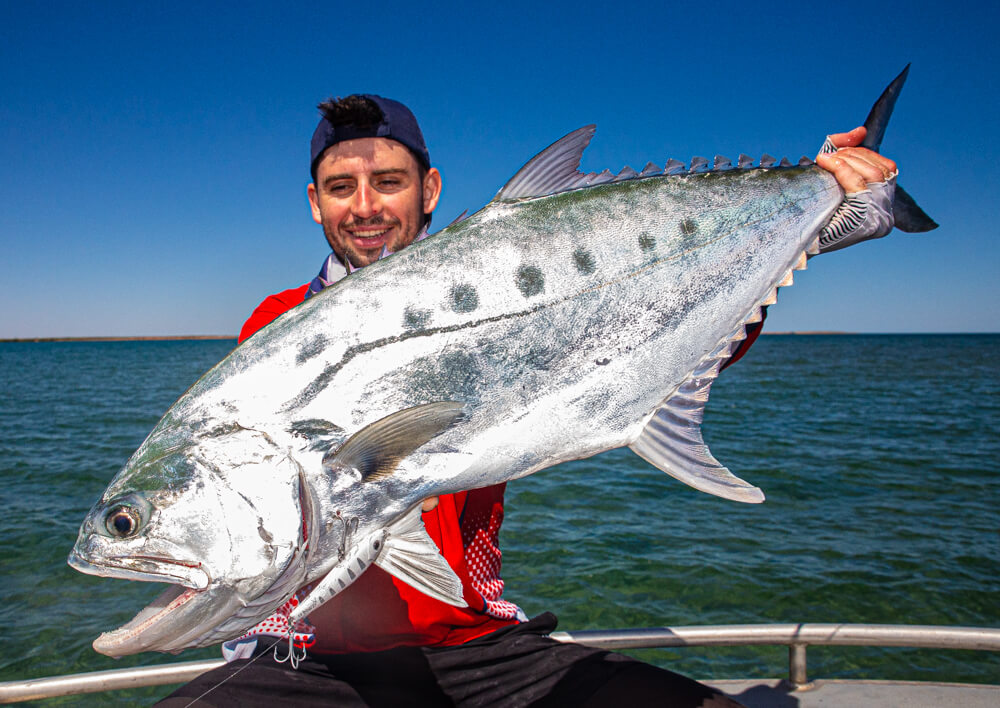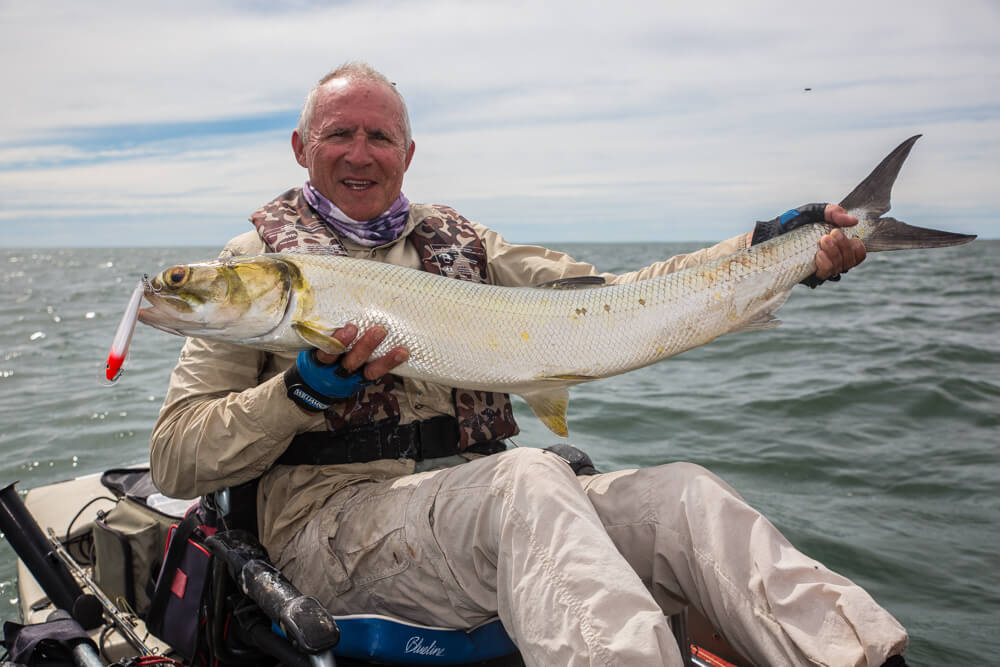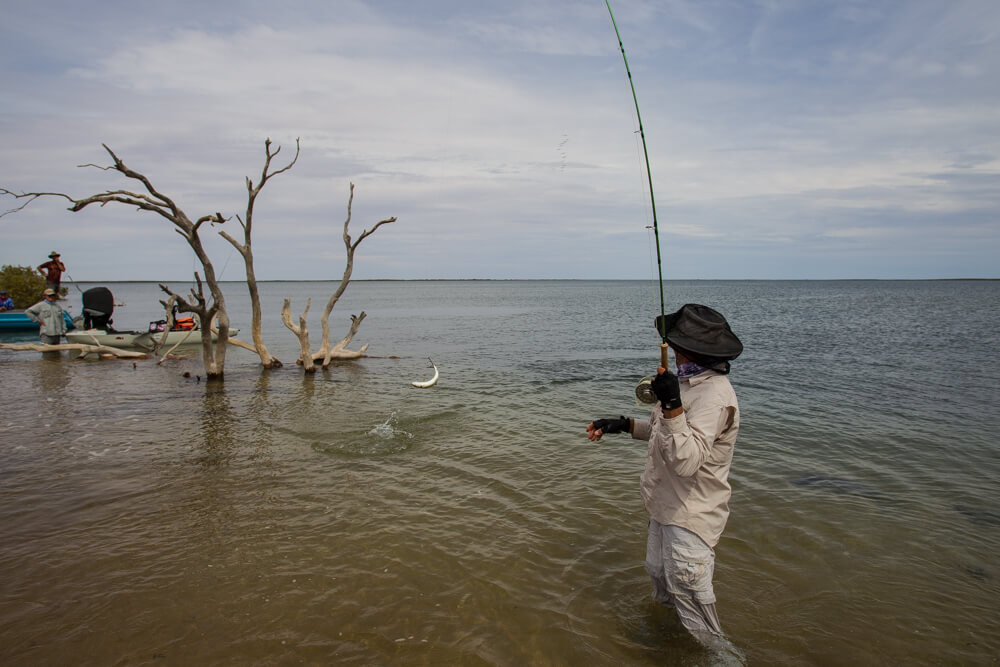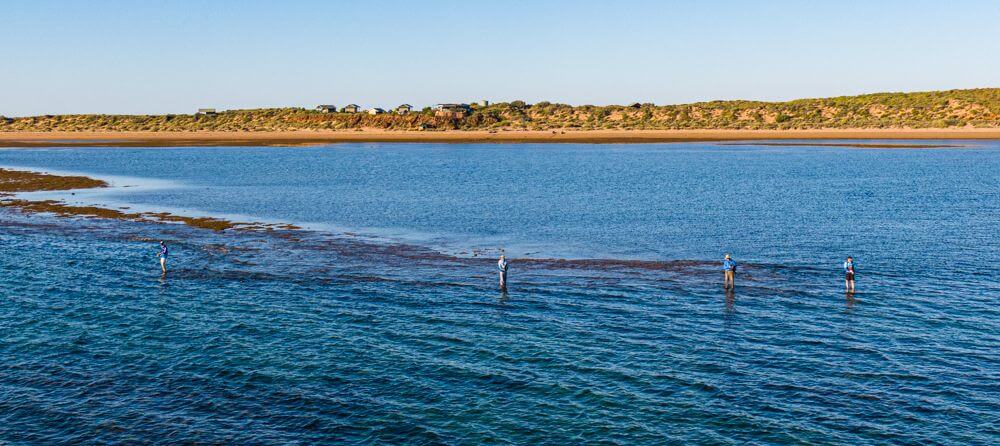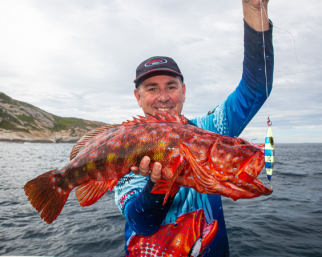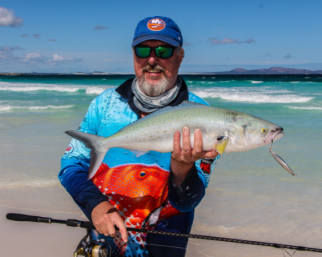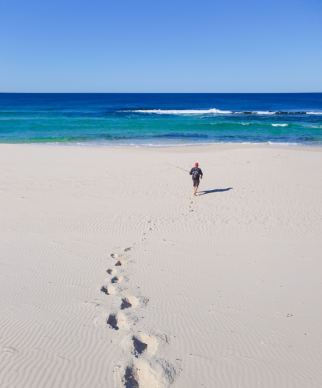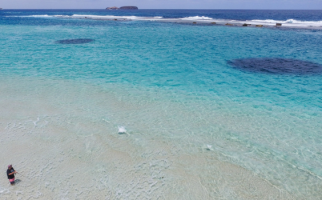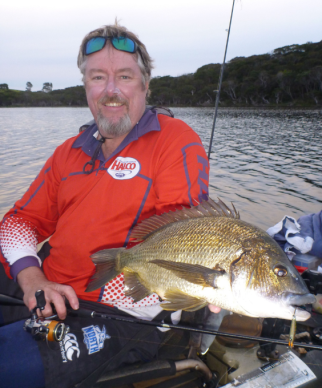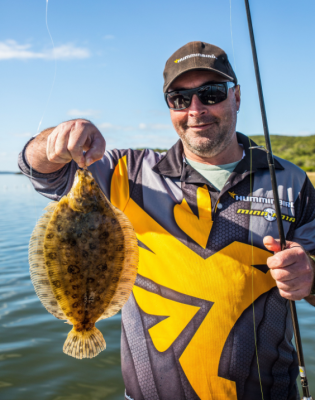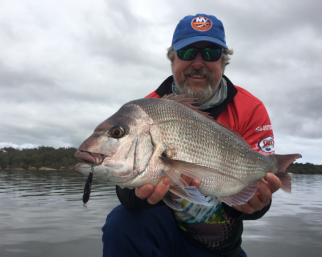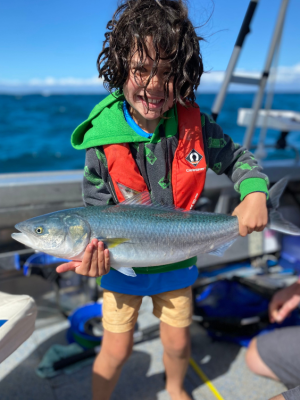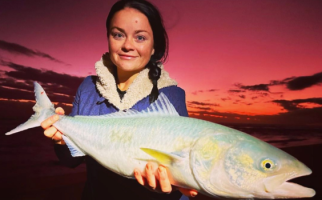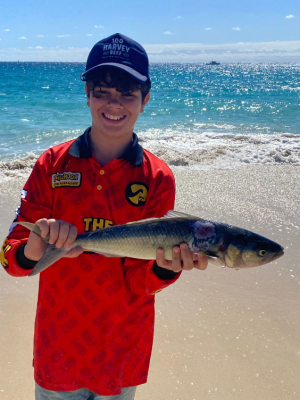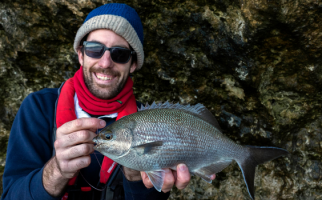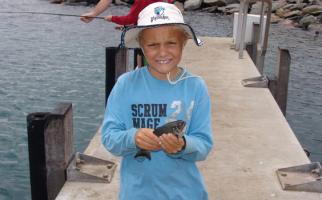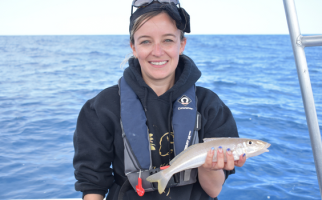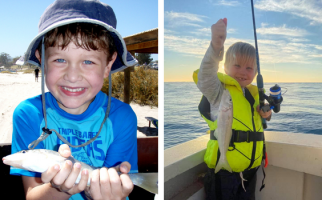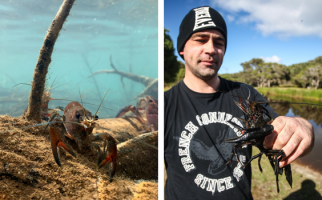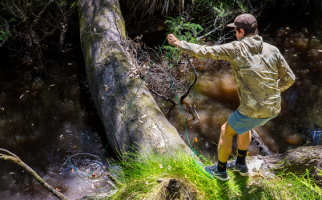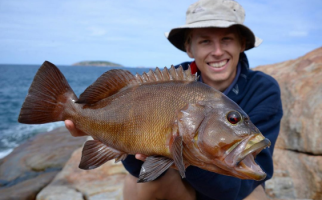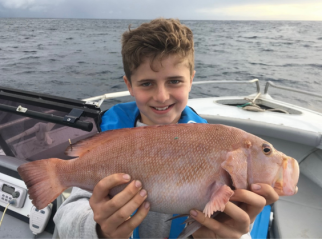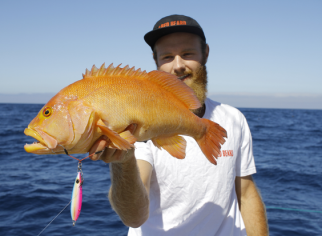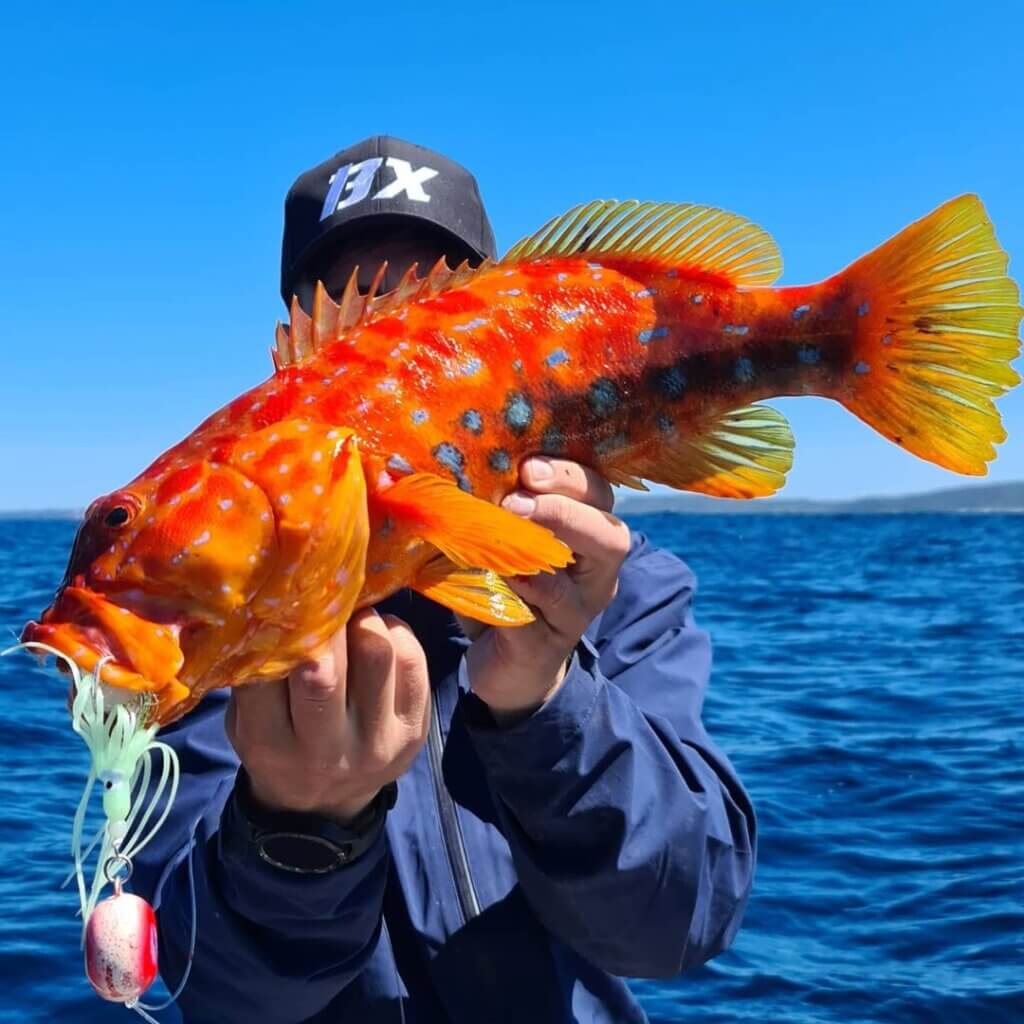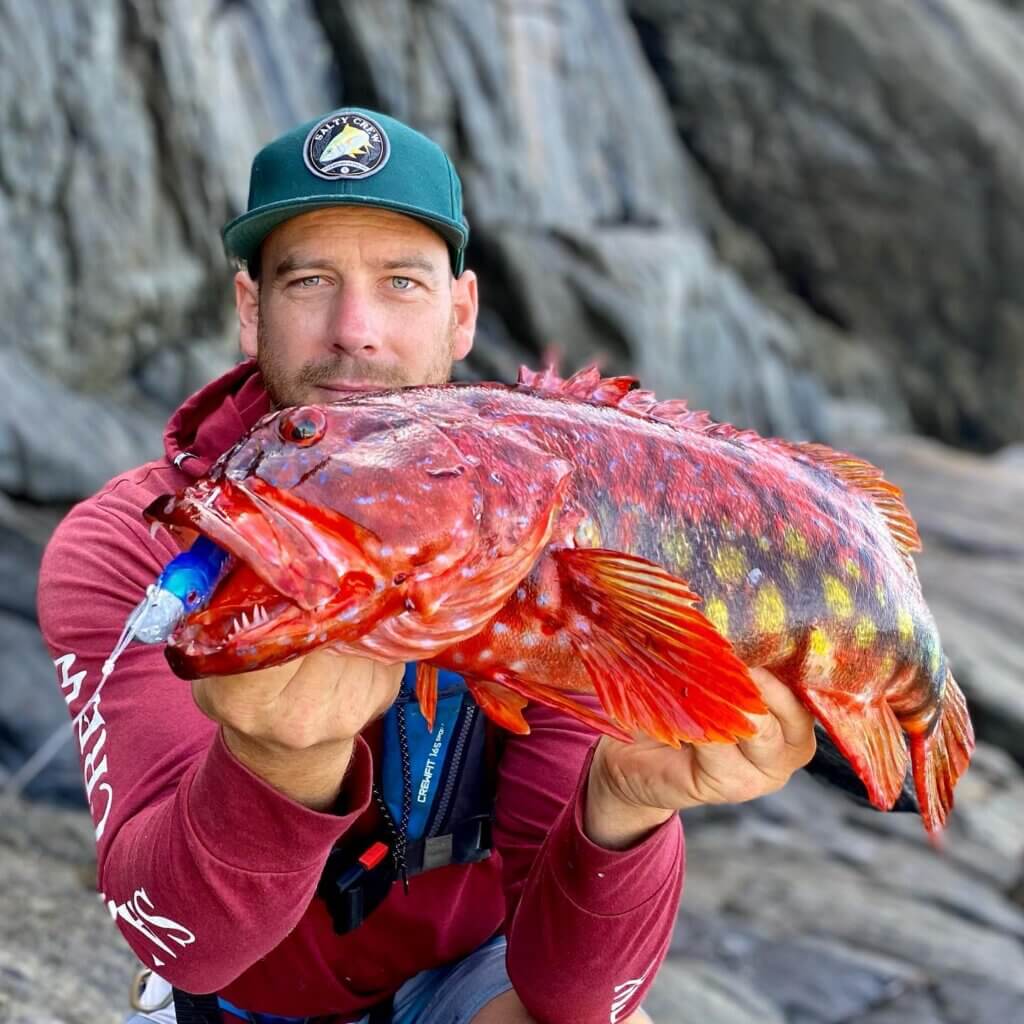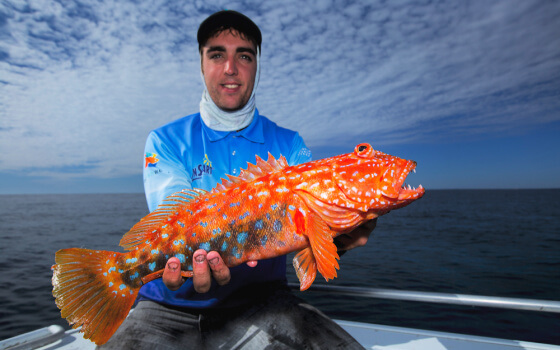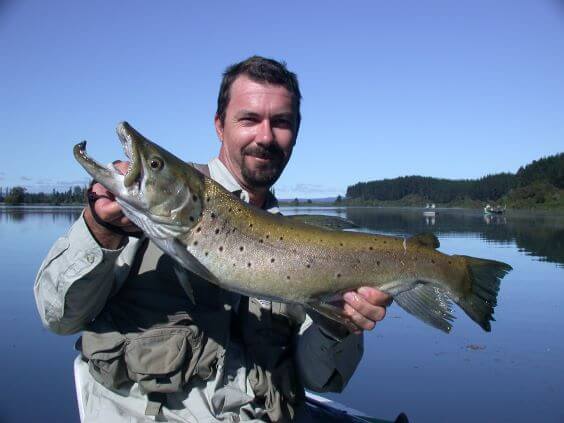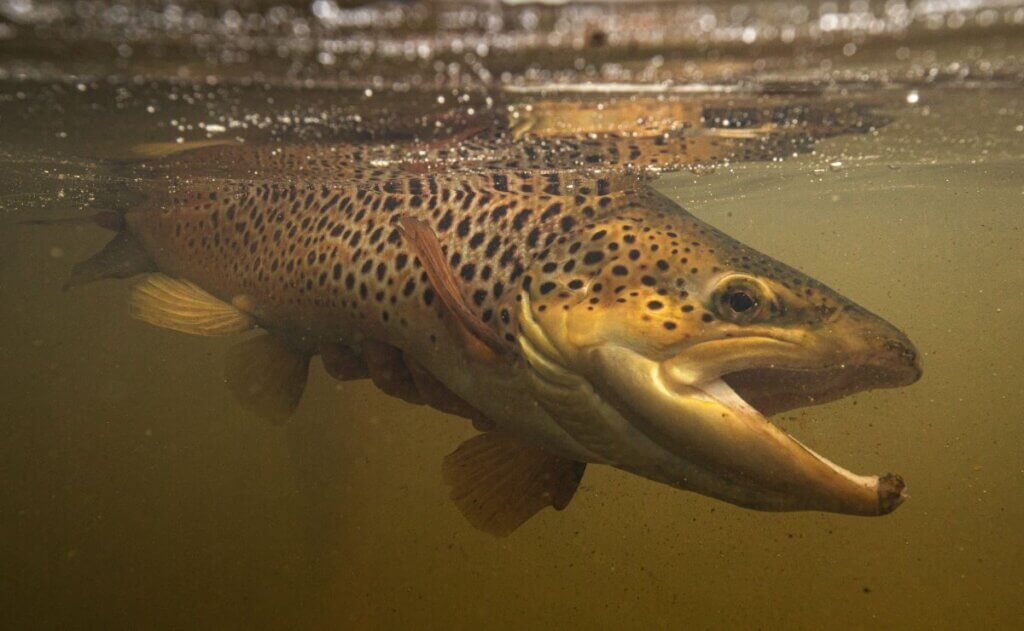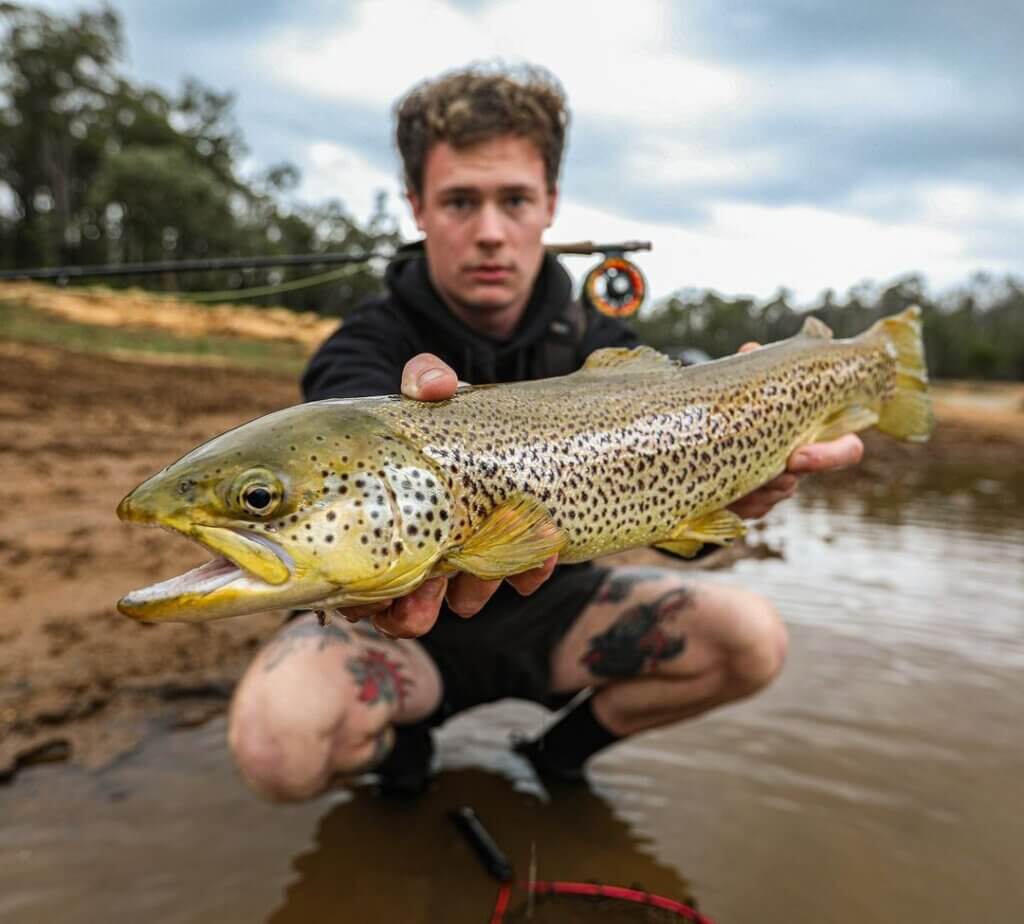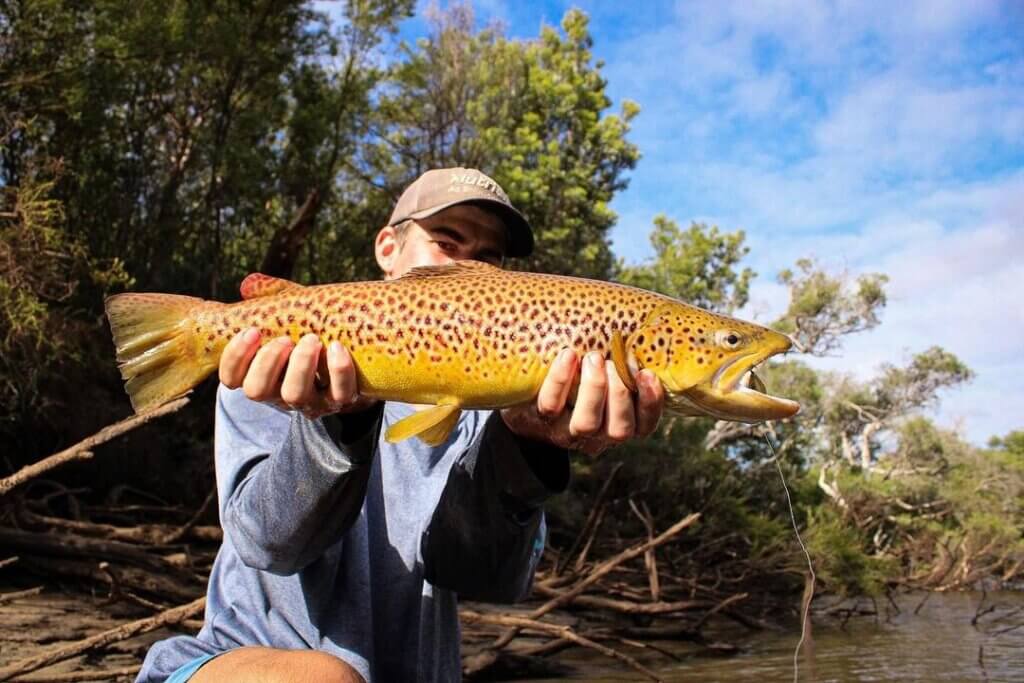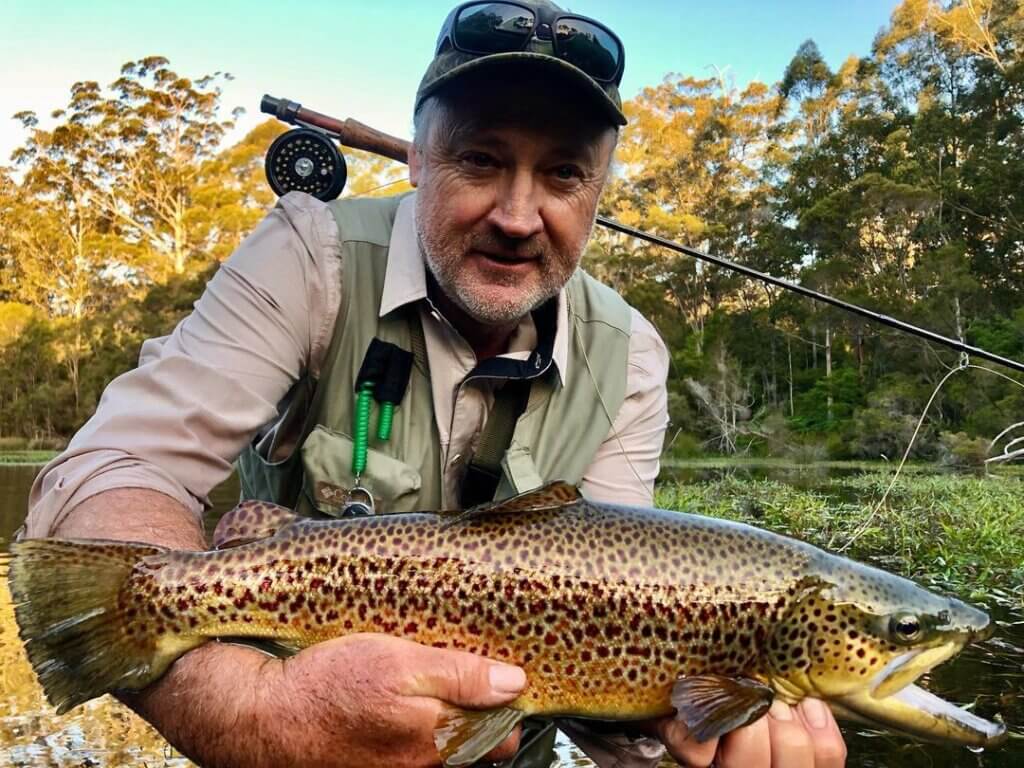Western Angler Editor Scott Coghlan has certainly made the most of 2023 from a fishing perspective! From chasing queenfish and GT’s at the Mackerel Islands to having his first ever battle with European pike on the River Thames, Scott has had a fine time wetting a line across many picturesque waterways in WA and around the world.
Hear from Scott as he exclusively shares some of his fishing highlights from 2023 with Recfishwest.
Fishing with glee in 2023
Looking back through my fishing photos from 2023, it reminded me just how much fun I’ve had over the past 12 months.
With so much going on in fishing this year it has been easy to forget about the actual times I’ve cast a line. I’ve seemed to be constantly engaged in debates around the many changes to fishing rules and access, and it’s been somewhat overwhelming at times.
But as soon as I get away from the phone and computer and actually fish, I am immediately taken away from those stresses and reminded about why I love it so much. And the truth is I am lucky enough to do more fishing, and in more great locations than most people, and for that I can only feel blessed. All of which did come back to me as I scrolled through the pictures on my computer.
New Zealand
The year started in New Zealand of all places, on a family trip that included some fly fishing, of course. Ian Brown and I caught some lovely fish, including a late-night big brown for yours truly from a stream mouth in Rotorua, but the most memorable session was a relatively brief one on hungry browns in a spring creek near Greymouth.
I’ve never seen trout as fired up as they were for the couple of hours we were there, and Browny caught his first brown on dry fly when a fish pounced the instant as his line dropped out of a tree he had cast into. It wouldn’t qualify as a highlight, but falling out of a boat in Lake Taupo was certainly an experience to be remembered!
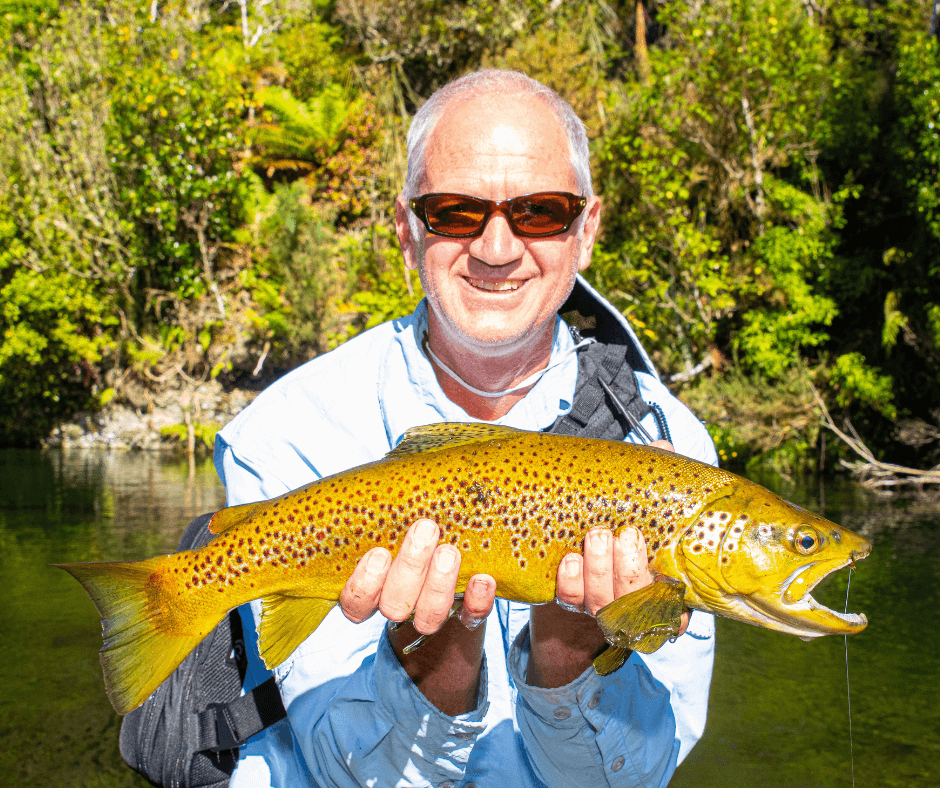
Bremer Bay
During autumn I spent a magical few days near Bremer Bay, camping on the beach and enjoying glamour conditions while chasing schools of salmon. Watching big groups of salmon surfing down clean waves towards us was an unforgettable experience, especially for the mates I was with who don’t fish all that often.
This sort of camping/fishing experience on our unspoiled beaches is something special and I hope we never lose this access. I always love salmon season and I had some great fun at Cheynes Beach, stalking schools from beach and kayak, while our annual family holiday to Hamelin Bay found fish much harder to find than 12 months earlier, when they were everywhere.
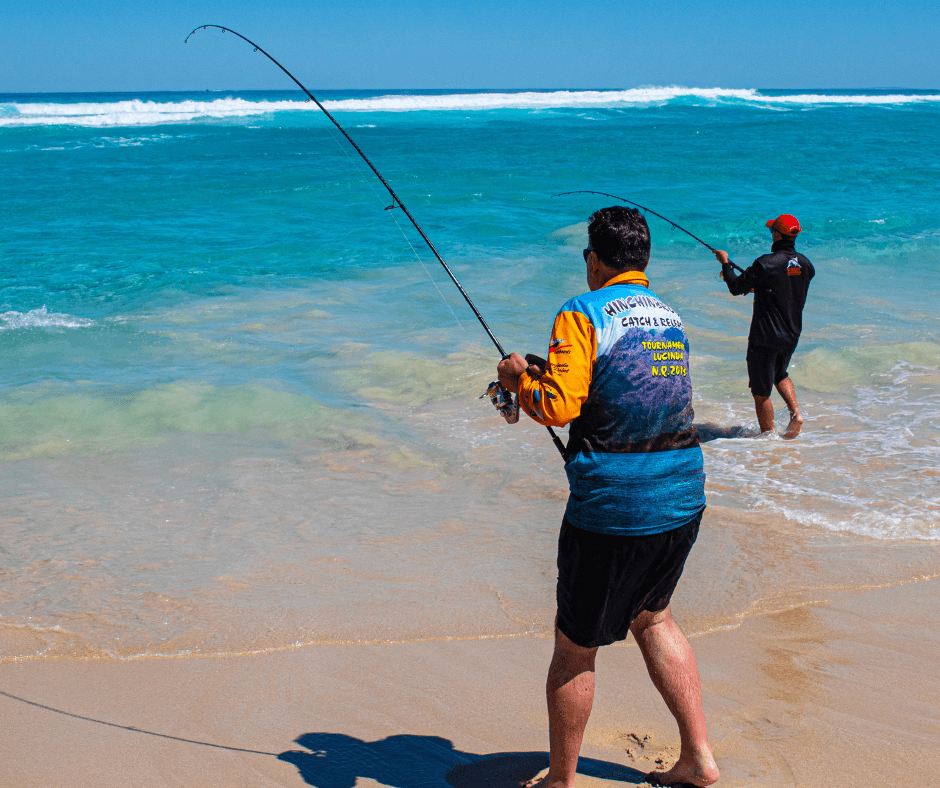
England
My absolute piscatorial highlight of the year actually came a long way from WA shores. A trip with my son to England to watch the Ashes took some surprising turns, which included experiencing some surprisingly good fishing. I caught grayling and trout on the River Avon, caught some big trout at a stocked lake, and pulled some tiny browns from a little creek in Scotland.
However, that was all topped by a day fishing the legendary Thames near Reading, when I finally ticked pike off the bucket list with a couple of 4kg or so fish, as well as catching a few redfin perch. What a magnificent fish pike are, with their olive colour and fearsome teeth, and catching one on a lure was just sensational. Catching a pike had been a goal of mine since I was a kid and it did not disappoint.
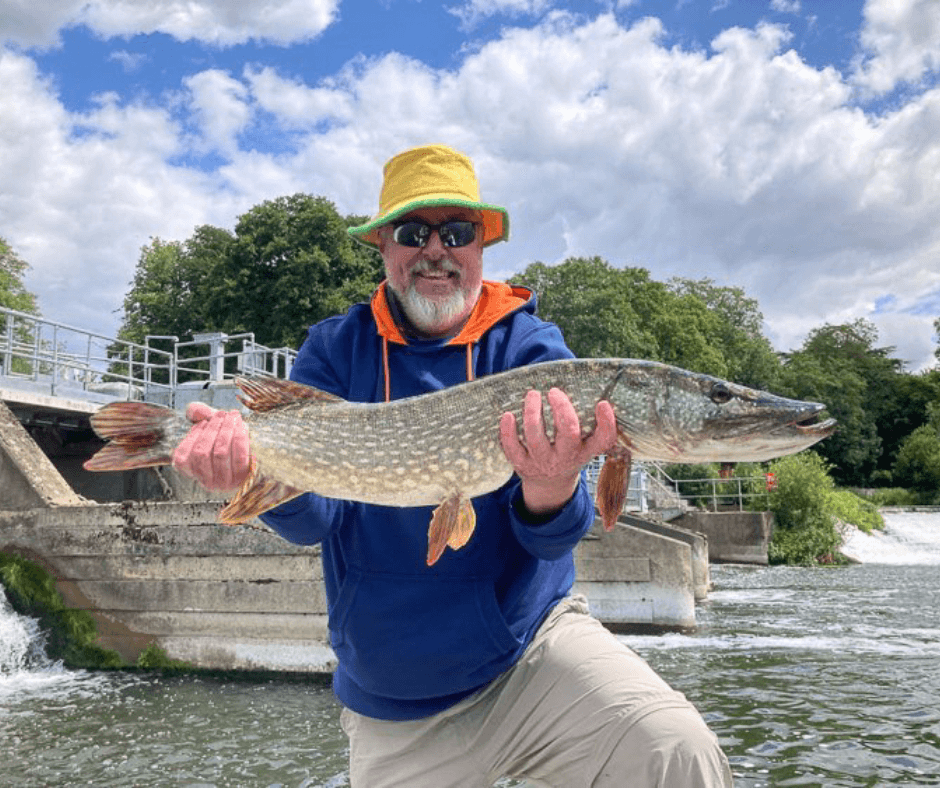
Southern estuaries
Much closer to home, there were the usual countless kayak sessions on south coast estuaries and rivers, catching big bream and some solid mulloway. I love kayak fishing and there is no shortage of options along the south coast, which offers some of the best bream fishing in the country.
This sort of fishing is so accessible and is something I seemingly never tire of, the hard part is usually choosing where to go. I also enjoyed some fun fly fishing around Albany for trout, catching some lovely fish in prime condition in a tiny local river.
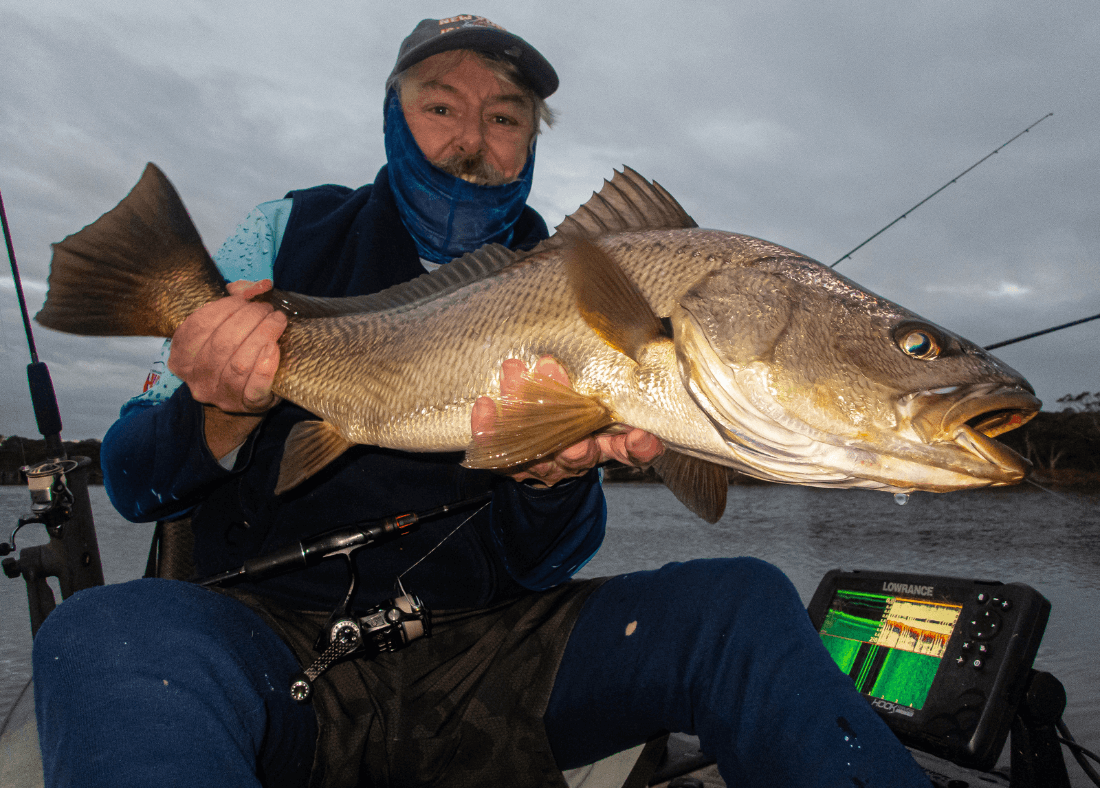
Mackerel Islands
As always, the annual Western Angler Seafari to the Mackerel Islands in August provided some incredible fishing action. This year we spent two weeks based at Thevenard Island with a bunch of Western Angler readers, many of whom are now friends as they’ve done this trip so many times.
I’ve never seen as much bait as this year at the Mackerels. There were huge schools of baitfish of varying sizes almost everywhere we fished, and the predators weren’t far behind. My fishing companion, Glenn Edwards, and I spent several days fishing the flats around the islands, casting at schools of shark mackerel, queenfish, golden trevally, gold-spot trevally and mack tuna that were hammering the baitfish almost constantly. It made for some spectacular action each time the feeding frenzy would explode.
Glenn also picked up a decent giant trevally on light tackle at Sandy Cay and I finally picked up my long-overdue first chinaman, stealing it from under Glenn’s nose when it followed one of his trusty lead-head jigs up. It’s the quick and dead when I’m around! Spangled emperor were also plentiful in the shallows and while Spanish mackerel were a little harder to find than usual, we still managed a few. When it comes to a mix of great fishing and a magical location, the Mackerel Islands again proved they are hard to beat.
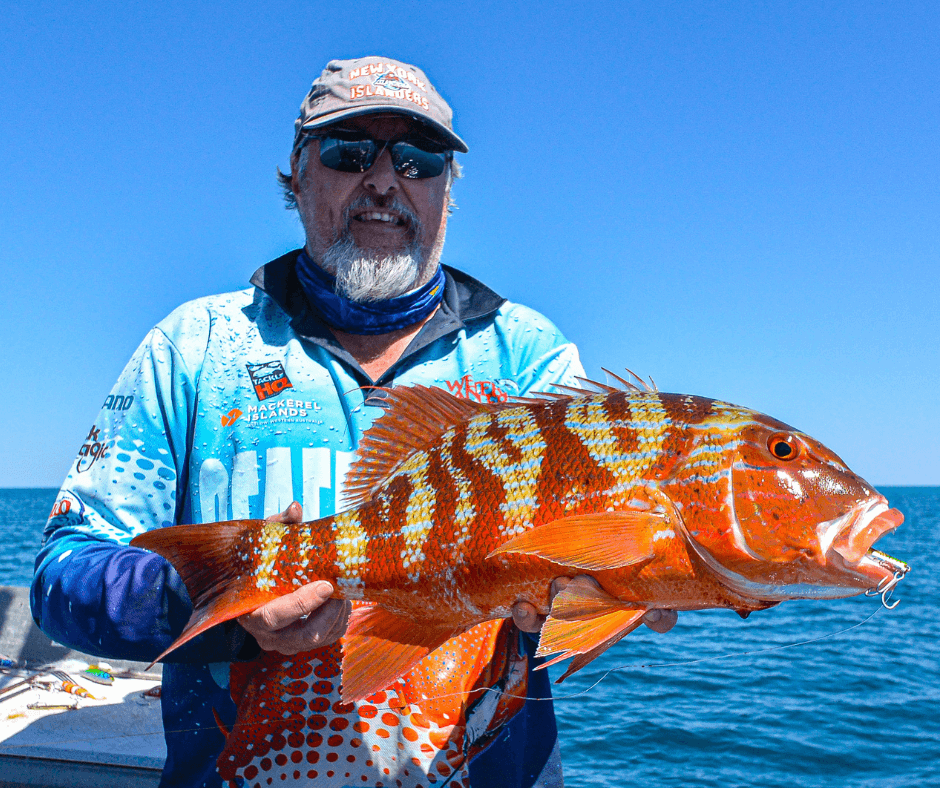
The Kimberley
Later in the year I headed to the Kimberley at the start of the build-up, on a quest for that elusive metre-plus barra. It didn’t happen but I had a cracking day on Roebuck Bay with local guide Paul Haddy.
Darryl Hitchen and I both caught our first tripletail, while I got a couple of nice barra from Crab Creek, and backed those up with two personal bests – my biggest blue salmon and threadfin salmon, caught within a few minutes of each other. What a special fishery this has become since commercial netting was removed.
Our subsequent cruise into the Kimberley with Kimberley Quest saw us enjoy some spectacular barra action on the Glenelg River, as well as catching broadbar mackerel at Montgomery Reef. It’s an incredible part of the world and a real privilege to be able to fish, which makes it doubly disappointing that some spots in this part of the world have now been closed to anglers.
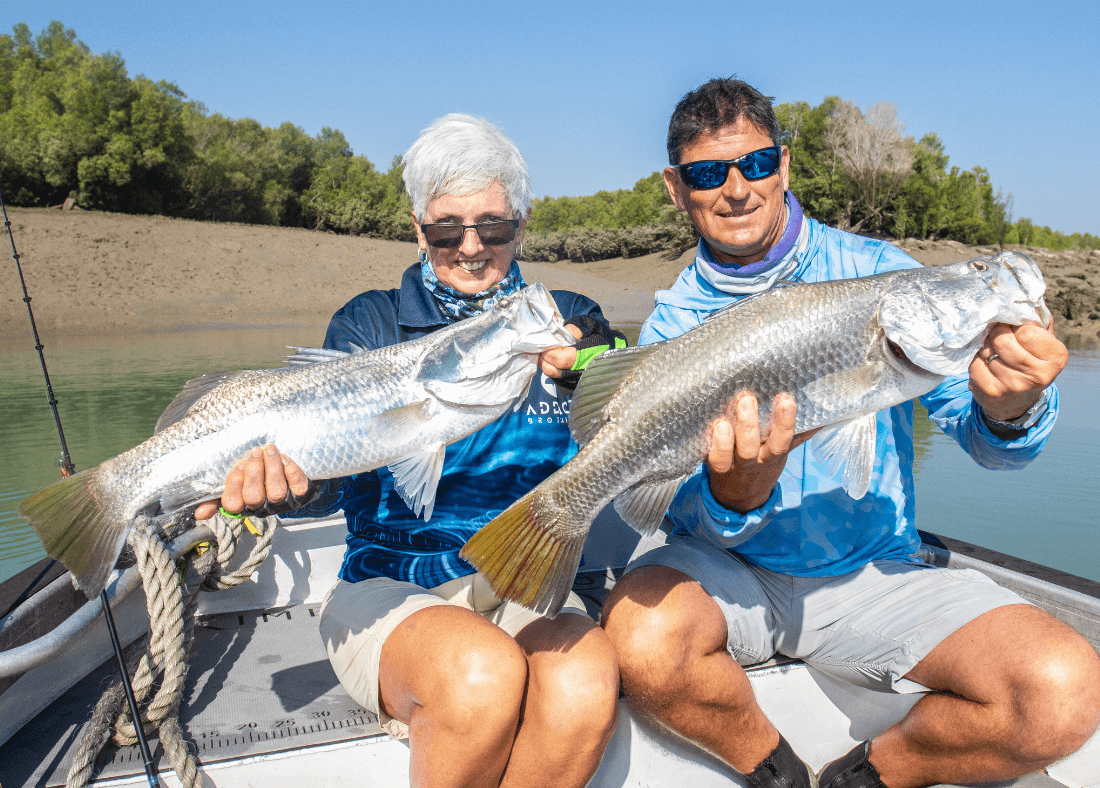
Cast of Thousands
A very different fishing experience this year was filming a television advertisement for the Recfishwest’s Cast of Thousands campaign. Having never done anything like that before, I was a late call-up and it gave me a great insight into what goes into producing the commercials we see on TV.
It certainly worked too, and each time it ran I got texts from people letting me know they’d just seen me –with a head for radio I can only apologise for that trauma! Helping promote the work Recfishwest does for recreational fishing helps ease the pain of seeing myself on TV though. On a positive note, it was great to see so many kids and families fishing again this year.
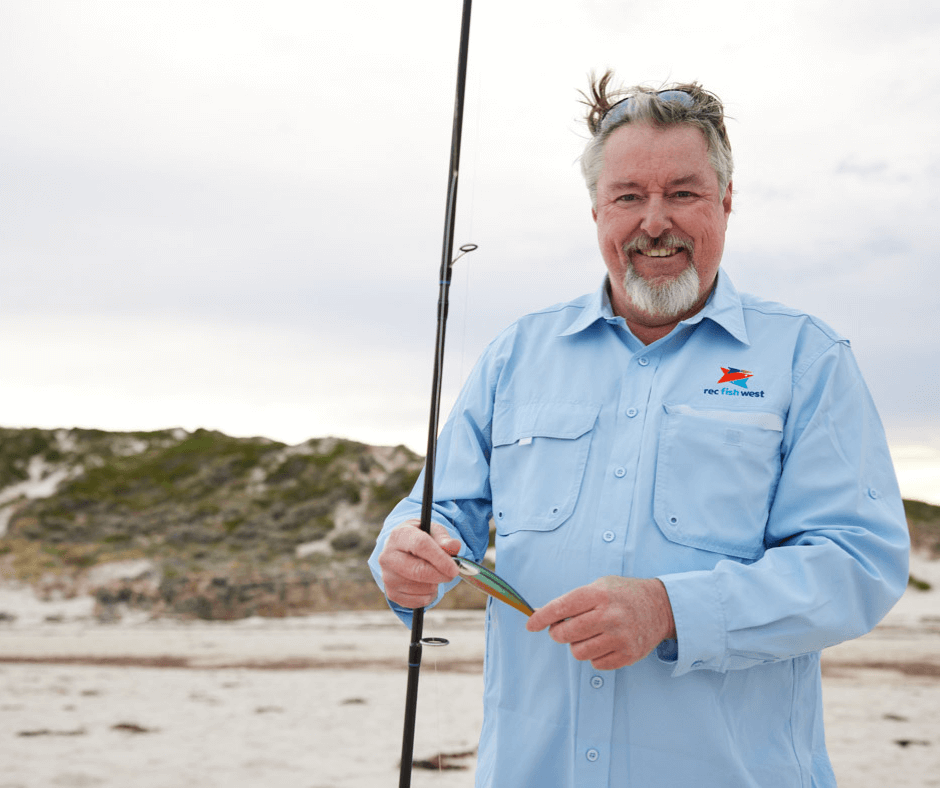
I get sent a lot of reader submissions for my newspaper columns, and we get a few for Western Angler as well, and it is always great to see the next generation of anglers coming through in those fishing stories I receive. After all, the pastime won’t survive unless there are always new anglers coming on to the scene, and thankfully this still appeared to be happening in 2023.
Along the same lines, while at Hamelin Bay it was great to see so many kids heading down to the water with a rod in their hands, sometimes with their parents but often alone. Sometimes they only lasted a few minutes, but the main thing was they were giving it a go and being part of the Cast of Thousands that is the community of recreational fishers in WA.
Now we head towards 2024 and I can’t wait to see what fishing surprises are in store for the next 12 months!
